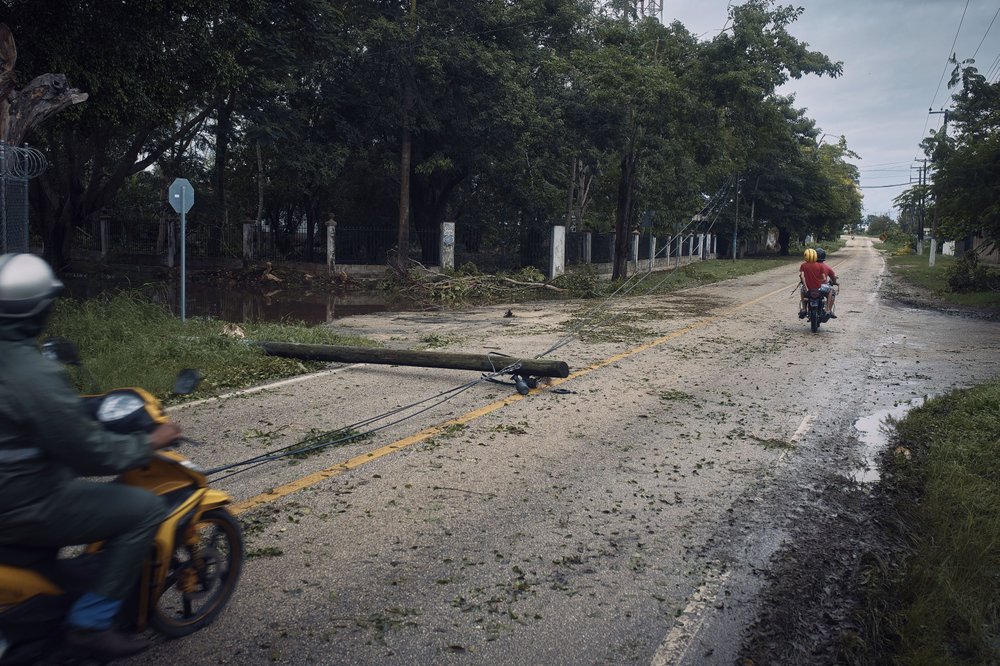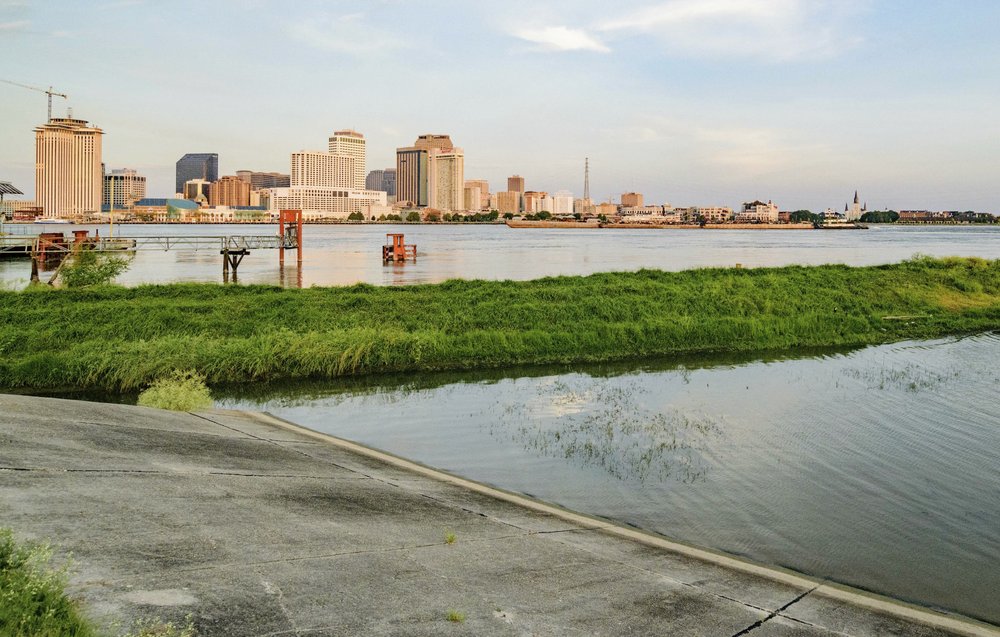A huge oil slick caused by an underwater leak continued to creep toward the US Gulf Coast on Monday as the Obama administration pressed energy giant BP Plc to stem the oil gushing from its ruptured offshore well.
The direction of the slick has been pushed around by strong winds in the Gulf of Mexico while the likely economic and environmental costs of the accident mounted.
President Barack Obama visited affected communities on Sunday, pledging a “relentless relief effort” but keeping the focus on the British oil giant BP.
“Let me be clear: BP is responsible for this leak. BP will be paying the bill,” Obama said. “We are dealing with a massive and potentially unprecedented environmental disaster.”
“The oil that is still leaking from the well could seriously damage the economy and the environment of our Gulf states and it could extend for a long time. It could jeopardize the livelihoods of thousands of Americans who call this place home,” Obama said during his visit to Louisiana.
The swelling black tide threatens shipping, wildlife, beaches and one of the nation’s most fertile fishing grounds stretching across the Mississippi Delta from Louisiana to Florida. Air quality could also become an issue, and is being monitored by authorities.
The slick appeared likely to move toward the Alabama and Florida coasts and engulf the Chandeleur Islands off Louisiana’s southeast tip in the next few days, the US National Oceanic and Atmospheric Administration said.
Attorneys general from five US Gulf states–Louisiana, Mississippi, Alabama, Florida and Texas–met in Mobile, Alabama on Sunday. They said they would draft letters to Obama and to BP seeking the swiftest possible delivery of federal aid and corporate compensation to those affected.
“We need to make sure if BP is picking up the check, they do so in a pretty big hurry,” said Louisiana Attorney General Buddy Caldwell.
BP said it was doing its best to perform a complicated procedure — shutting off a gushing well nearly one mile underwater. The efforts, which are like performing “open-heart surgery at 5,000 feet in the dark with robot-controlled submarines,” could take weeks or months, BP America Chairman Lamar McKay told ABC News.
BP said it is working on five plans to stop the flow of oil, including installing domes to collect the oil on the seabed and bring it to the surface.
“Boot on the neck”
US Interior Secretary Ken Salazar said on CNN’s “State of the Union” program: “Our job basically is to keep the boot on the neck of British Petroleum to carry out the responsibilities they have both under the law and contractually to move forward and stop this spill.”
Fishing in a wide swath of federal waters off a four-state region in the Gulf was restricted for an initial ten days on Sunday to avoid any chance that contaminated seafood will make its way to store shelves.
The Gulf supports a seafood industry that is second only to Alaska in the United States. The area accounts for the bulk of US production of oysters and shrimp.
Many of the coastal communities in the path of the oil slick, including tiny Venice on the west bank of the Mississippi River, were devastated by Hurricane Katrina in 2005.
“It’s just like Katrina, catastrophic,” Frances Lacross, a local resident, told Reuters.
The looming disaster in the Gulf threatens to eclipse the 1989 Exxon Valdez catastrophe in Alaska, the worst previous US oil spill to date.
Obama and his deputies made it clear that although a number of agencies at a local, state and federal level are working to contain the spill, BP will be on the hook for what could be billions of dollars in cleanup costs.
Shares of BP and other companies involved in operating the lost rig plummeted last week as fears mounted of growing financial costs and legal liability from the accident.
Still, Barron’s suggested on Sunday that the hammering taken in the firms’ market value since 20 April, some US$40 billion, seems overly harsh.




